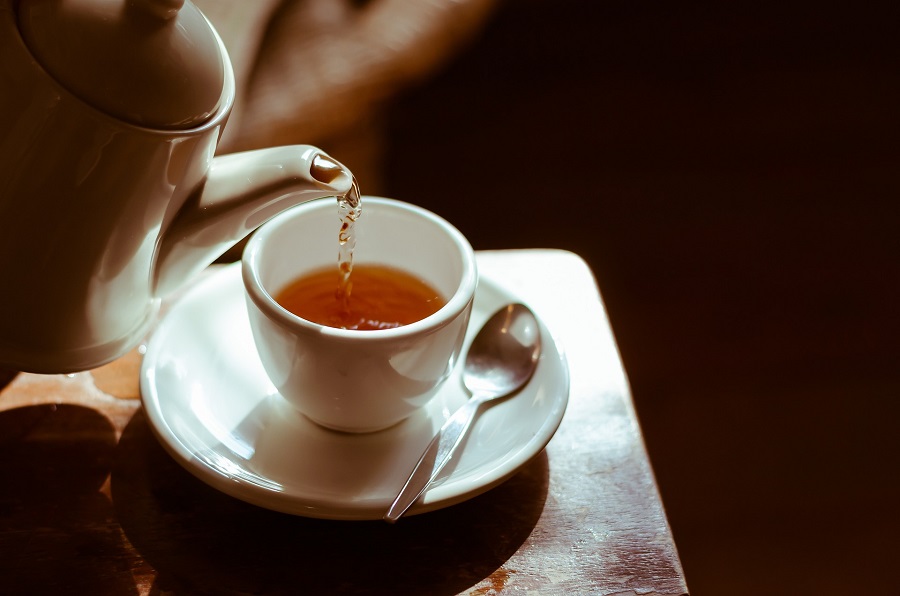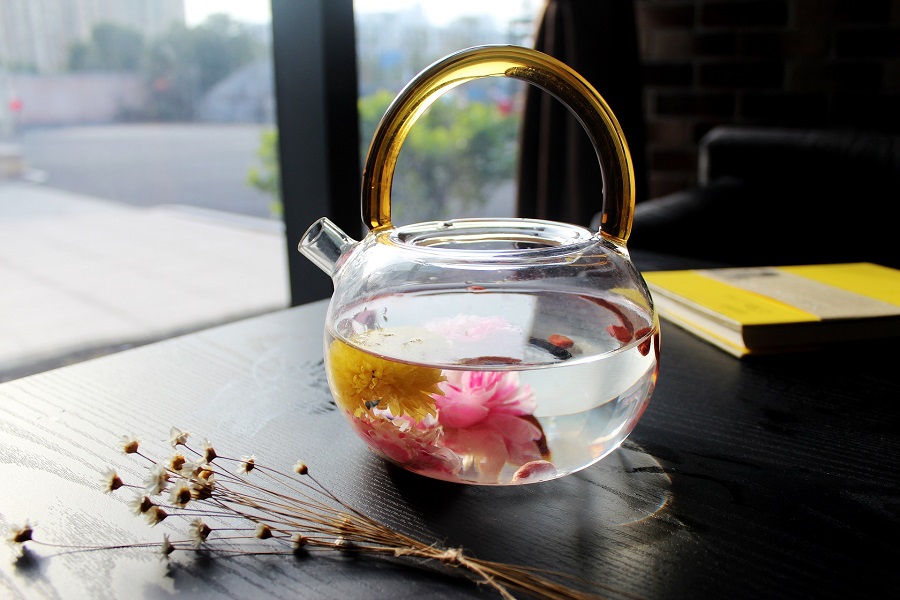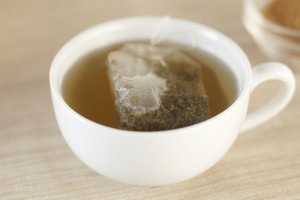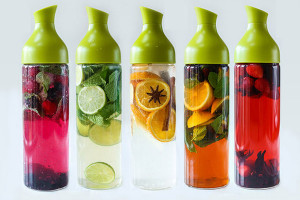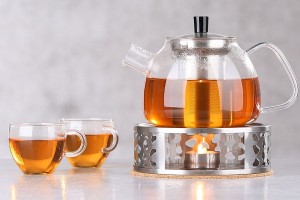How to remove limescale inside your kettle quickly
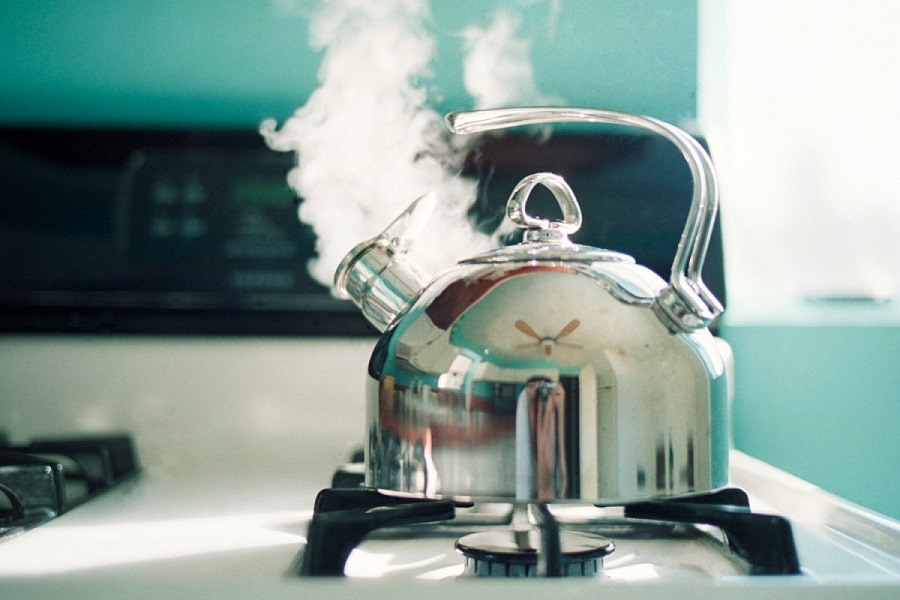
You may be using your kettle more frequently than you think: tea, coffee, porridge, and other hot beverages all need hot water. But sometimes you’ll find limescale inside the kettle, the white, chalky residue which not only causes the kettle to boil slowly but makes the water taste “funny”. Luckily, there are several ways that can help remove the stubborn limescale, let’s move on to read!
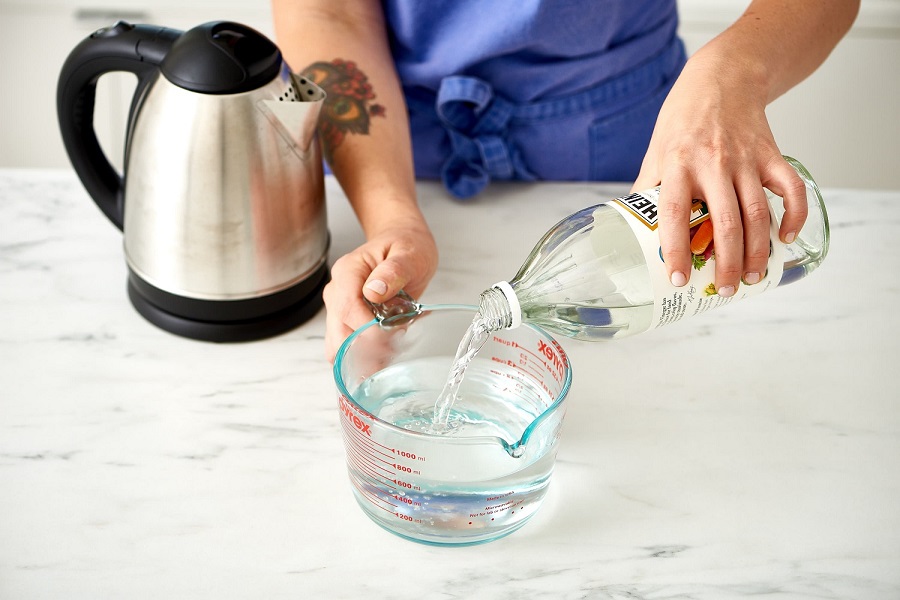
Vinegar
Vinegar is one natural mild acid that is available in your cupboard. Just fill one part water and one part vinegar into the kettle until three-quarters full. Boil the mixture and then let it cool down completely. Rinse the kettle in running water to get rid of any stubborn patches. If there’s still limescale left, you can use a long-handled brush or sponge to help you scrub it off. After all, these are done, fill the kettle with clean water and boil it several times to remove any smell of vinegar.
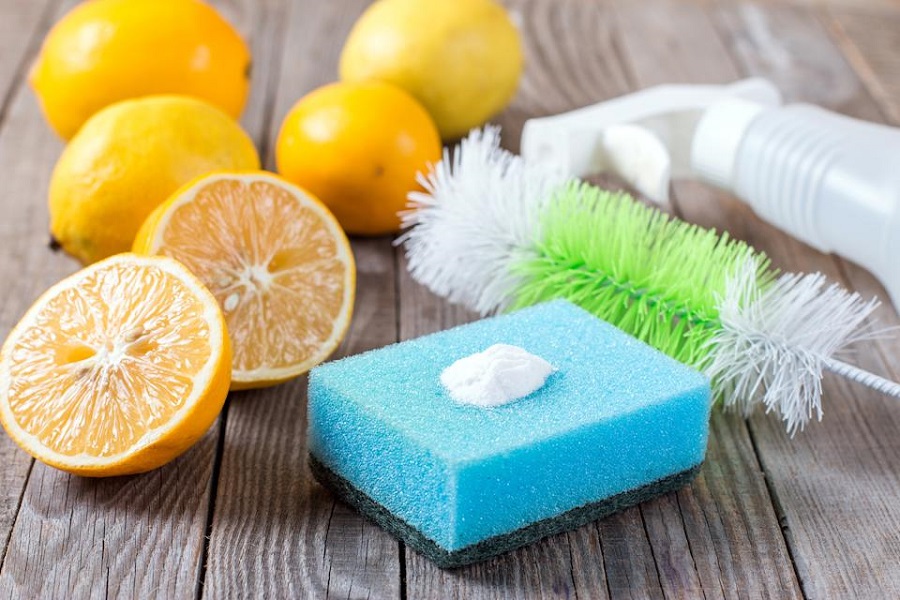
Lemon
Lemon is another natural cleanser for your kettle. You can use lemon juice directly bought from the supermarket, and then follow the same steps as the method above. Or you can also fill the kettle with water before squeezing lemon juice into it on your own. Don’t forget to make use of the remaining lemon –just slice it up and add the pieces into the water.
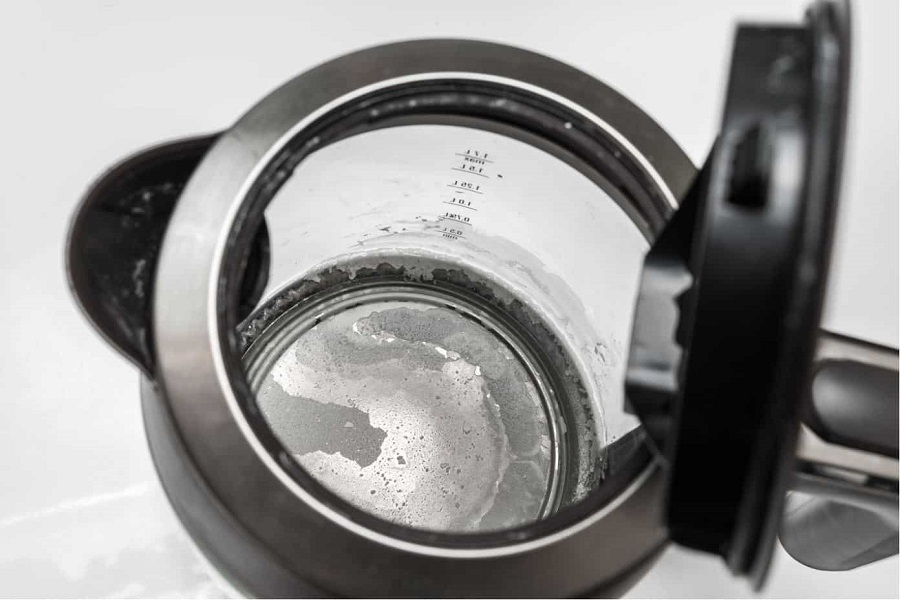
Citric acid
Either vinegar or lemon will bring a certain smell so extra cleaning steps are needed. However, if you use citric acid, you won’t have the same problem. Containing descaling properties, it is widely used to clean kettles, dishwashers, and more.
Firstly, fill the kettle with clean water. Boil it, and add 2 tablespoons of citric acid. Let the mixture sit for about 20 minutes or you can also use a spoon to give it a stir. Take care during this step as the chemical reaction may hurt you. Finally, rinse the kettle several times.
Limescale is actually calcium carbonate, the deposit after part of the hot water has evaporated. You need to clean your kettle regularly according to the frequency you use it, or at least once a month if you live in a hard-water area where the water contains high levels of magnesium and calcium.








